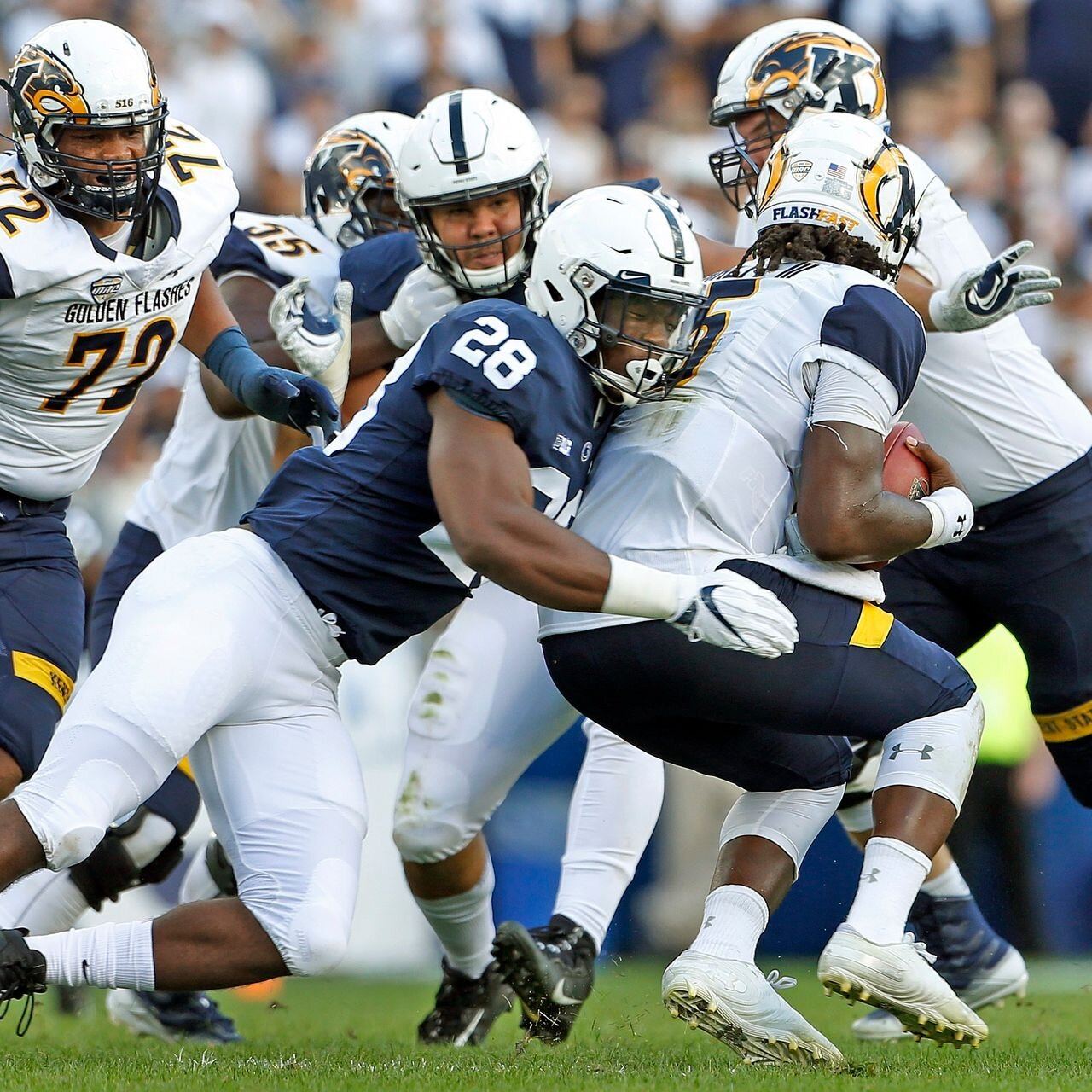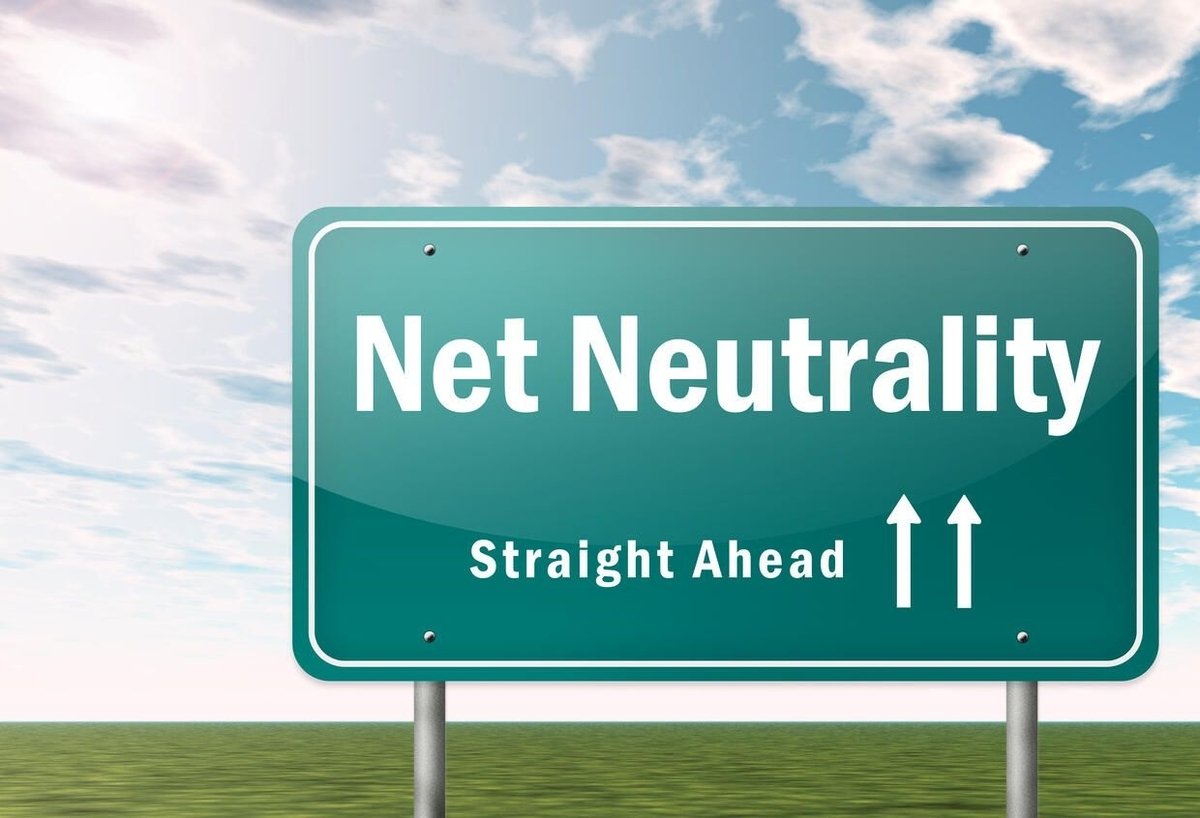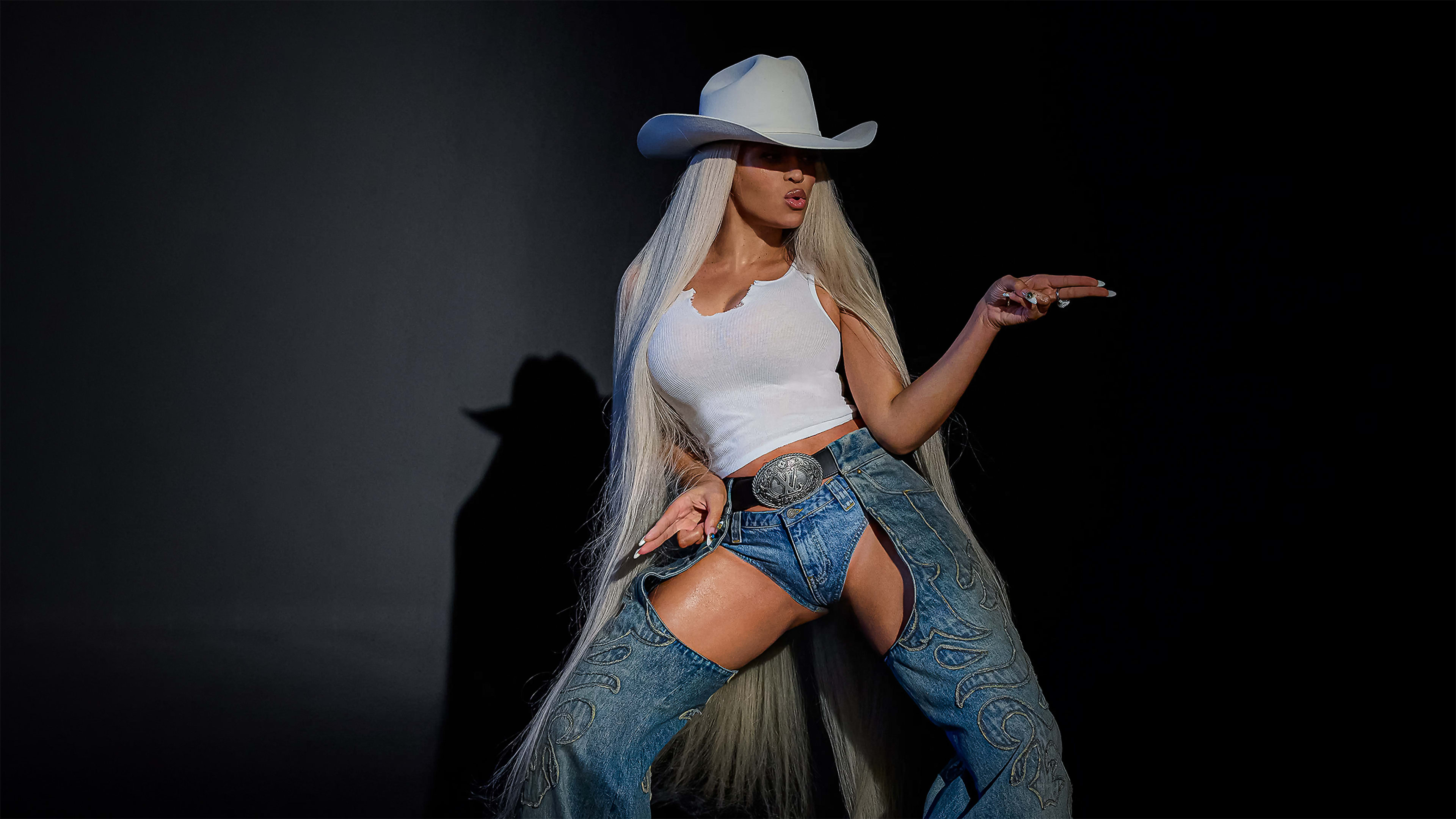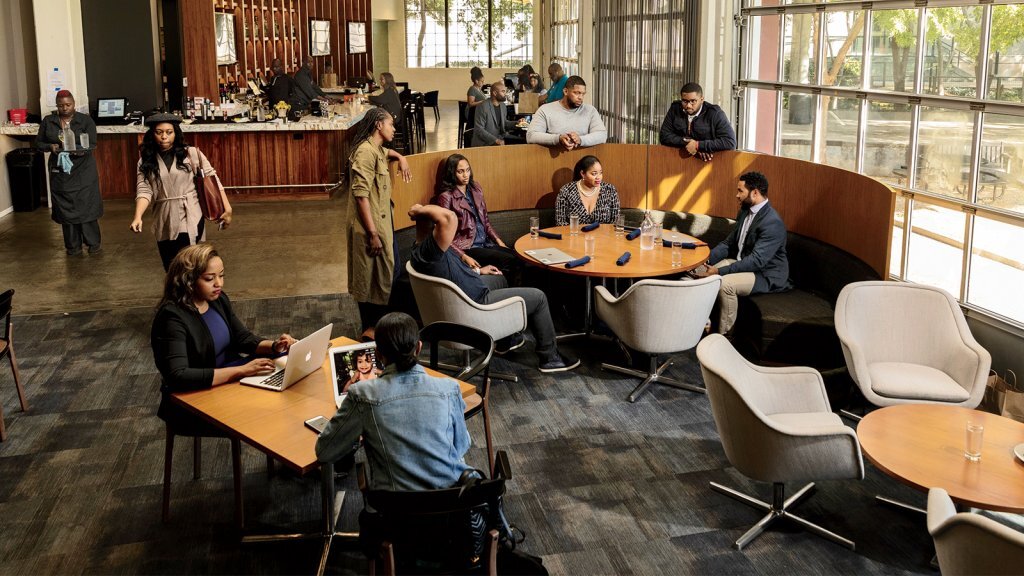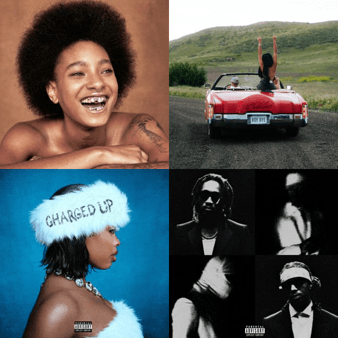By Christopher Pitts
- Postponing Power Five college football could cost institutions more than $4B
- Only 55% of Black male athletes graduated within six years
College sports are in a state of disarray with both the Big Ten and Pac Ten conferences postponing their Fall football seasons as a result of the COVID-19 pandemic. This could cost institutions of higher education more than $4 billion, which includes $1.2 billion in game-day activity. Does the real cost actually fall on the 55% of Black college football players who over-represented across the Power Five conferences, that have seen their graduation rates steadily decline and may not get a shot at the pros?
Why This Matters: While the over dependence on college sports revenue is an issue of concern, there is a larger issue at stake: the livelihood of Black college athletes. These athletes are overrepresented in the most popular sports: football and basketball at Power Five schools that clearly bring in the most revenue. These collegiate sports stars are underrepresented when it comes time to walk across the stage, as only 55% of Black male athletes graduated within six years, compared with 60% of all Black undergraduate men, 69.3% of all student-athletes and 76.3% of all undergraduate students. Over the past two years, 40% of these universities have actually had Black male student-athlete graduation rates decline.
Over the past two years, 40% of these universities have actually had Black male student-athlete graduation rates decline
One could view college sports as a mere leisure activity, but for Black collegiate athletes it can be a stepping-stone to economic prosperity. Oftentimes playing a sport at the university level is almost a required path for entering the pro ranks, especially for football players. However, the reality is that the majority of college athletes never make it to the big time, and therefore a large majority are banking on their college education to earn a living. These athletes should stay in school, because the average household income of a Black college graduate is $68,000, more than twice the median household income for this demographic.
So playing football during a pandemic is probably not worth it since information on myocarditis, an inflammation of the heart caused by viral infections was released regarding the long-term effects of COVID-19 on Big Ten athletes. With the institution of college sports still somewhat intact, many student athletes should still be able to receive their scholarships, and hopefully their degrees.
Situational Awareness: There’s a lot at stake even beyond education and university revenue as sportswear companies stand to lose out on one of their biggest investments and most lucrative marketing opportunities. Some of the most lucrative collegiate apparel deals are with schools in the Big Ten and Pac-12, according to Forbes. They include Under Armour’s (UA -2.41%) 2016 15-year, $280 million deal with UCLA (which Under Armour is now trying to exit); Nike’s (NKE +0.02%) 2016 15-year, $173.8 million deal with the University of Michigan; and Adidas’ (ADDYY +0.10%) 2018 10-year, $119 million deal with the University of Washington.
CBx Vibe: “Got ‘Til It’s Gone” Janet Jackson

